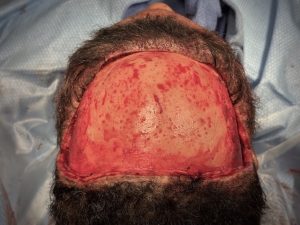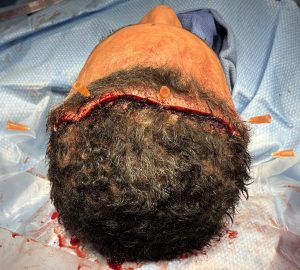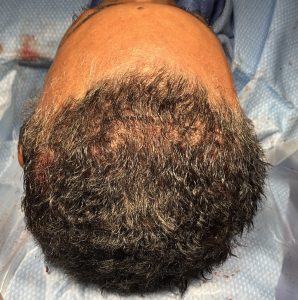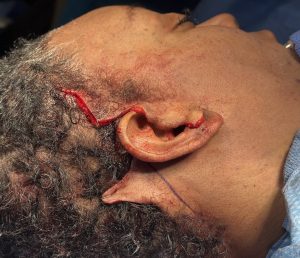Introduction
The term facelift broadly describes facial rejuvenation procedures encompassing various surgical techniques aimed at creating a more youthful and refreshed appearance. A key factor in defining a facelift is which portion of the face is treated, as this determines the specific surgical methods used. Traditionally, a facelift refers to treatment of the lower face—hence, it can be anatomically described as a neck-jowl lift. This procedure primarily improves the contour of the jawline and neck.
However, facelifts are often performed in combination with procedures that target the upper face, such as blepharoplasty or browlift, leading some to view the facelift as a full-face rejuvenation surgery. In reality, the facelift represents only one component of a comprehensive facial rejuvenation plan.
The facelift technique has evolved significantly—from simple skin-tightening procedures to deeper techniques involving the underlying muscular and connective structures. The most advanced version, known as the deep plane facelift, addresses not only the skin but also the superficial musculoaponeurotic system (SMAS) and the facial retaining ligaments. By releasing and repositioning these deeper structures, the surgeon achieves a more natural, longer-lasting elevation of the midface, jowls, and neck.
Importantly, the deep plane concept is not limited to the lower face. It can also be applied to the upper face, including the brow region, where it has been effectively used for many years in the form of a deep plane (or transcoronal) browlift.
Case Presentation
This patient previously underwent a coronal browlift that resulted in visible scarring along the entire incision line. She desired further brow elevation along with improvement of the scar’s appearance. Although she had a long forehead, this was not a concern for her. Additionally, she sought correction of sagging in the neck, jowls, and cheeks, leading to a combined surgical plan of a secondary coronal browlift with a lower facelift.


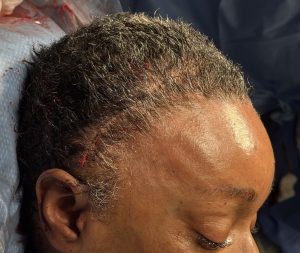
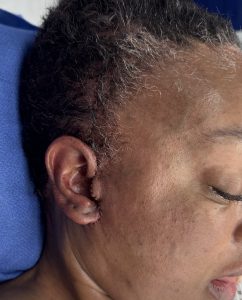
Discussion
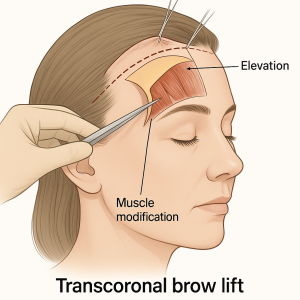
Advantages of the Transcoronal Browlift
-
Provides excellent exposure of the entire forehead and brow complex.
-
Allows precise control of brow position and symmetry.
-
Effectively smooths deep forehead wrinkles and frown lines.
-
Delivers longer-lasting results compared to endoscopic or limited-incision lifts.
Disadvantages
-
Potential for visible scarring if the hairline recedes or the incision is placed suboptimally.
-
Risk of scalp numbness or altered sensation due to sensory nerve division.
-
Longer recovery period and more swelling relative to less invasive approaches.
-
Not ideal for patients with high foreheads or limited scalp laxity (who may be better candidates for pretrichial or endoscopic techniques).
Ideal Candidates
-
Patients with heavy brows, deep forehead lines, or significant brow ptosis.
-
Individuals with a low to moderate hairline and sufficient scalp laxity.
-
Those seeking maximum lift and forehead rejuvenation.
-
Patients with an existing coronal scar seeking secondary correction and improvement.
In this case, the patient’s prior coronal scar made a repeat transcoronal browlift the only viable secondary option. When combined with a lower facelift, this approach allows for synergistic lifting of the cheeks, jowls, and neck—enhancing the overall rejuvenation outcome and creating harmonious facial balance.
Key Points
-
The transcoronal browlift functions as a deep-plane or subperiosteal upper facial lift, utilizing both flap advancement and scalp excision.
-
In a secondary procedure, scar tissue limits flap mobility; therefore, additional brow and galeal releases are necessary to maximize elevation.
-
Combining a transcoronal browlift with a lower facelift offers optimal lifting vectors for the cheeks and jowls, achieving a cohesive facial rejuvenation result.
Barry Eppley, MD, DMD
World-Renowned Plastic Surgeon



